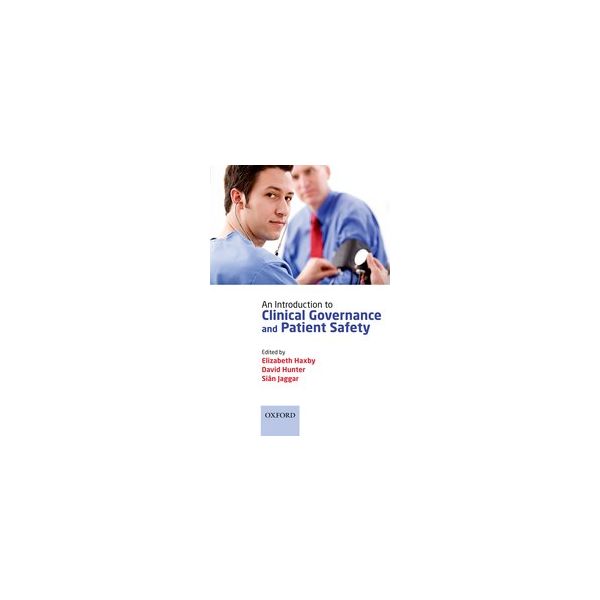An Introduction to Clinical Governance and Patient Safety
Clinical Governance is integral to healthcare and all doctors must have an understanding of both basic principles, and how to apply them in daily practice. Within the Clinical Governance framework, patient safety is the top priority for all healthcare organisations, with the prevention of avoidable harm a key goal. Traditionally medical training has concentrated on the acquisition of knowledge and skills related to diagnostic intervention and therapeutic procedures. The need to focus on non-technical aspects of clinical practice, including communication and team working, is now evident; ensuring tomorrow's staff are competent to function effectively in any healthcare facility.
This book provides a guide to how healthcare systems work; their structure, regulation and inspection, and key areas including risk management, resource effectiveness and wider aspects of knowledge management. Changing curricula at undergraduate level reflect this, but post-graduate training is lagging behind and does not always equip trainees appropriately for a hectic clinical environment. An Introduction to Clinical Governance and Patient Safety presents a simple overview of clinical governance in context, highlighting important principles required to function effectively in a pressurised healthcare environment. It is presented in short sections based on the original seven pillars of clinical governance. These have been expanded to include the fundamental principles of systems, team working, leadership, accountability, and ownership in healthcare, with examples from everyday practice. This format is designed to facilitate use as a 'pocket guide' which can be dipped into during the working day, as well as for general reading. Examples from all branches of medicine are presented to facilitate understanding. Contributors are taken from a broad base - from junior doctors to internationally recognised experts - ensuring issues are addressed from all perspectives.
| Author | JAGGAR |
|---|---|
| Table Of Content | 1: Clinical governance and patient safety - an overview, Elizabeth Haxby and Sarah Hammond |
| Publish Date | 1 Sep 2010 |





